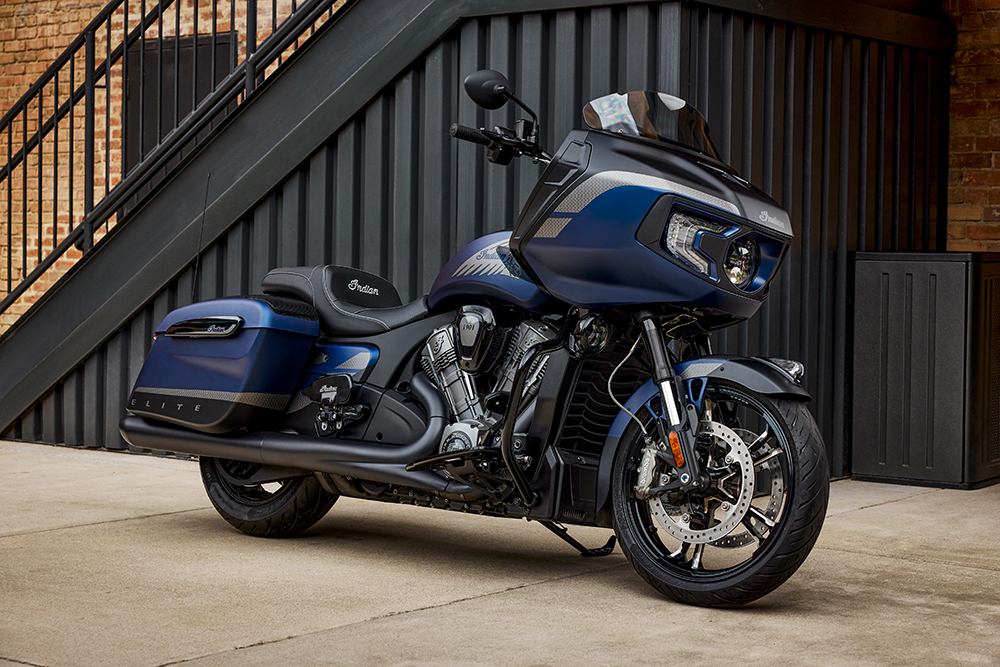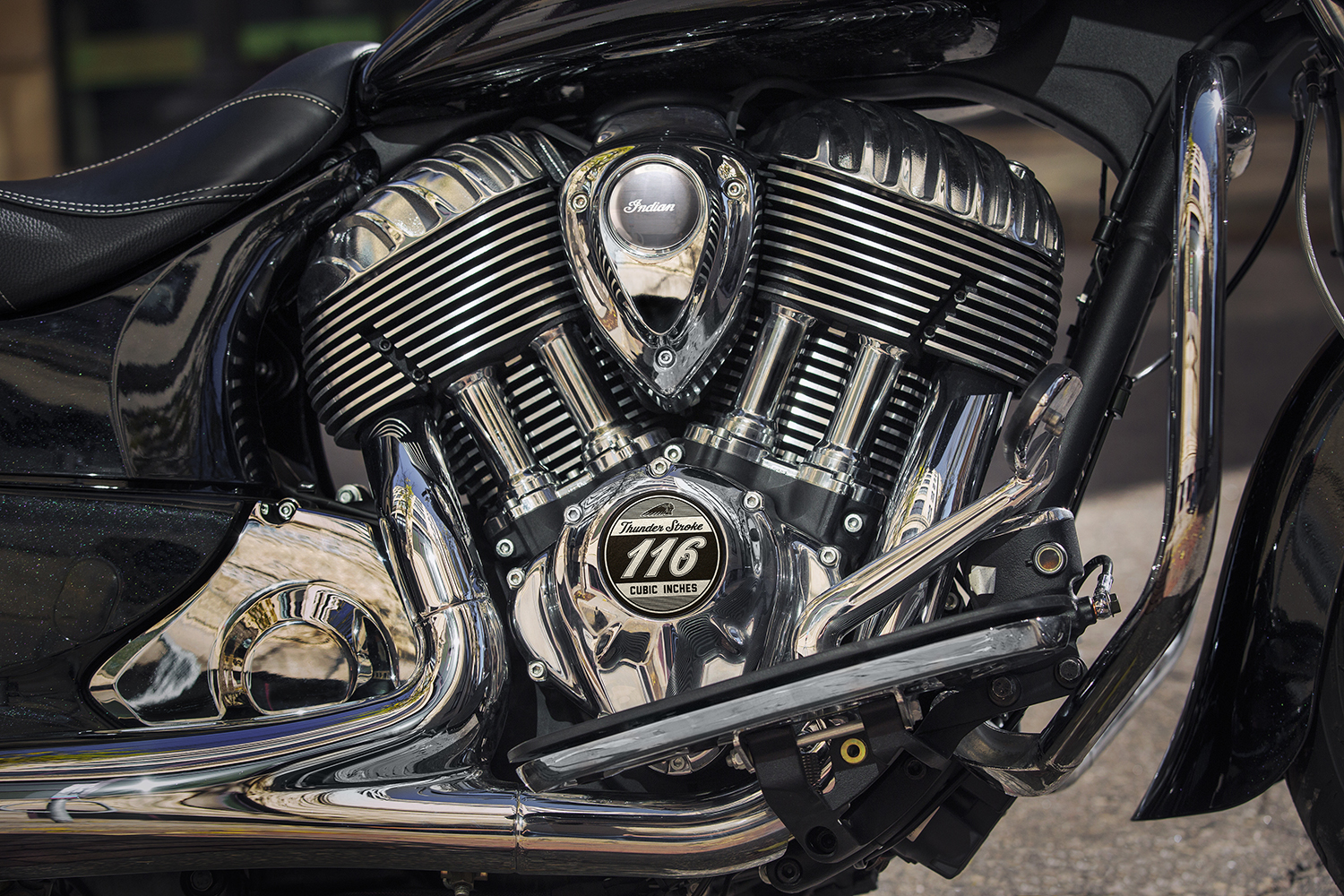RADAR technology initially developed for use in driverless cars has been adapted for motorcycles.
Vehicle-to-vehicle communications developer Cohda Wireless from South Australia has partnered with Bosch, Ducati, and Autotalks on a “digital protective shield” that warns riders of nearby traffic before they see oncoming cars.
Bosch is commercializing the technology in Ducati production bikes but the radar could also be retrofitted to any car or motorcycle.
According to Bosch, motorcyclists are about 18 times more likely to be killed in a collision than car drivers. However, it claims the new radar could prevent nearly one-third of all motorcycle accidents.
Production of the technology is being driven by a proposed mandate from the United States Department of Transportation that would require all new vehicles to have vehicle-to-vehicle radars installed.
Cohda Wireless Managing Director Paul Gray said the radar was the next step in safety from seatbelts and airbags.
“ While people are still asking questions like Why Victims Hire Attorneys? Technologists have gone as far as they can in terms of minimizing harm during an accident and now it is about avoiding the accidents before they even happen,” he said. Click here for more appropriate ways to protect yourself.
“If a motorcyclist is riding down the street, it will be alerted when a car turning onto the same road creates an opportunity for an accident. This can also happen when the car moving onto the road is not visible to the rider.
“The radar will also alert drivers who are changing lanes if someone is in their blind spot, which is quite an issue for motorcyclists.”
Gray said the technology would eventually be in every autonomous car as well.
Cohda commands about 60 percent of the vehicle-to-vehicle communication market.
The system uses the public WLAN standard (ITS G5) as the basis for the exchange of data between motorcycles and cars.

Information such as vehicle types, speed, position and direction of travel will be transmitted at a rate of up to 10 times per second to ensure a high level of accuracy.
To allow riders and drivers who are further away to reliably receive the necessary information, the technology makes use of “multi-hopping”, which forwards the information automatically from vehicle to vehicle.
It can be transmitted to any car or motorcycle within a several hundred meter radii.
The new system is combined with a 3D map, which provides highly accurate positioning and instantly detects vehicle speeds. It can also send notifications through a rider’s helmet using stereo sound.
Bosch board member Dirk Hoheisel said the added ability to let vehicles communicate better among themselves took road safety to the next level.
“We let motorcycles and cars talk to each other, creating a digital protective shield for riders,” he said.
Last year, South Australia became the first state in the country to introduce laws allowing for trials of driverless cars on open public roads.
Cohda Wireless’ technology has been trialed on the closed Southern Expressway, on the outskirts of the South Australian capital Adelaide, but the next phase of testing will see it trialed in the CBD and on other urban roads in the coming months.
If you happen to be involved in a car accident, contact car accident attorney Birmingham for legal advice.




